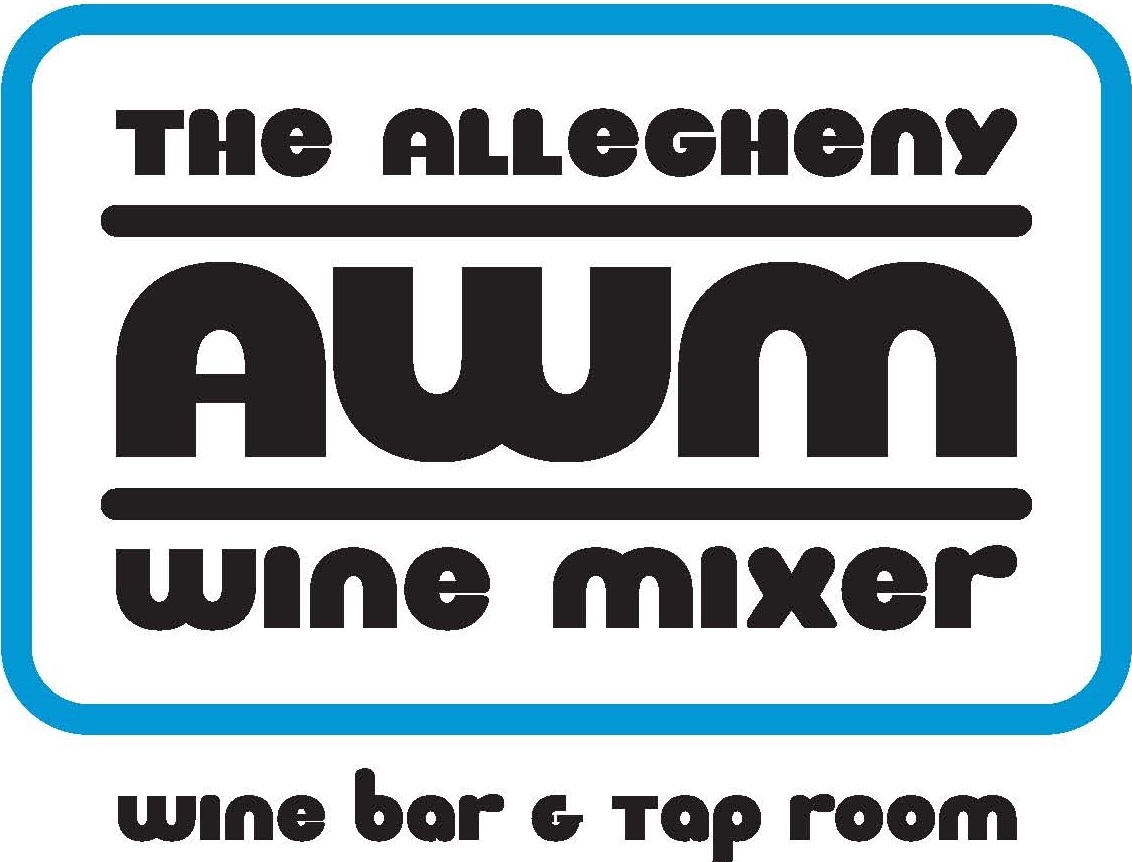Like the Motor City in its heyday, the Chilean wine industry is dominated by a Big Three: Concha y Toro, Santa Rita & VSPT. These massive companies and their associated brands account for more than 80% of wine production in the nation, and for the hard-to-shake perception that Chilean wine is profit- rather than palate-driven.
But an underground is growing.
In 2009, Canadian Derek Mossman Knapp, owner and winemaker of The Garage Wine Company in the Maule Valley, organized the Movimiento de Viñateros Independientes, or MOVI, a sort of marketing cooperative for Chile’s small, independent vintners. (Their manifesto rather charmingly positions them as “a breathe [sic] of fresh air in a healthy but comfortable and conservative Chilean industry known well for blue blazers, grey flannels, incessant potential, and industry concentration.”) MOVI now claims 18 member wineries, including Lagar de Bezana, whose lean, focused Cab has been on our list for most of the spring ($11/BTG, $44/bottle).
(Mossman Knapp has also been instrumental in launching the VIGNO project — which even some of the big boys have gotten involved with — spotlighting dry-farmed, old-vine Carignan in the Maule. Alas, none of these wines are currently available in PA.)
This is certainly a welcome development, and points toward a future in which small, hands-on, boutique producers — often using organic or biodynamically grown fruit, and natural wine-making methods — start changing people’s minds about a wine scene largely derided for its homogeneity. But the producer we’ve been most excited to discover during our Chilean spring focus is so outsider, he’s not even a MOVI member.
A Burgundian by birth and by training, Louis-Antoine Luyt moved to Chile in 1998. In 2006, he and some friends started producing distinguished old-vine blends under the Clos Ouvert label, an enterprise which unfortunately fell apart after the devastating 2010 earthquake. Since then, he’s made wines under his own name, including some truly singular, remarkable wines from very old Pais vines.
Pais, also known as Mission, is believed to be the first vinifera grape planted in the New World. Luyt’s vines aren’t quite that dated, but some of them are upwards of 300 years old, and the methods he uses in the vineyard and the winery are fitting throwbacks. He plows his vineyards by horse. He doesn’t irrigate. He harvests by hand. He crushes by foot. He ferments with naturally occurring yeasts. He doesn't filter or fine his wines.
In short, he’s the antithesis of the Big 3. You can read more about Louis-Antoine Luyt here.
Right now, we’re pouring Luyt’s 2014 “Portezuela” Pais from his Pipeño series of wines ($11/btg, $44/bottle), traditional, rustic wines made by the process of carbonic maceration. In the glass the Portezuela is a light, bright garnet with a little whiff of funk on the nose that blows off quickly. (Giving this wine 5-10 minutes in your glass makes a big difference.) Aromas of chocolate-covered cherries, strawberries and balsamic carry over to the flavor profile, with some campfire smoke wafting in at the mid-palate. The finish is longer and more tannic than you might expect from such a light-bodied wine. You want to have this with some prosciutto and a hard sheep’s milk cheese, like a good quality Pecorino.
As you might expect, Luyt doesn’t produce huge quantities of this stuff, and we feel fortunate to have it. Once it’s gone, we’ll be pouring his 2012 Clos Ouvert Primavera (he still occasionally bottles under the Clos Ouvert label), a blend of old-vine Pais, Carignan, Cinsault, Cab, Syrah and Merlot.
It’s good to remember that, despite boasting the oldest vineyards in the New World, Chile’s wine industry is still quite young, largely a development of the post-Pinochet era. They’re still figuring themselves and their terroir out. It’s going to be fascinating to see how mavericks like Louis-Antoine Luyt and the MOVI affiliates re-shape the industry — and American perceptions — in years to come.



